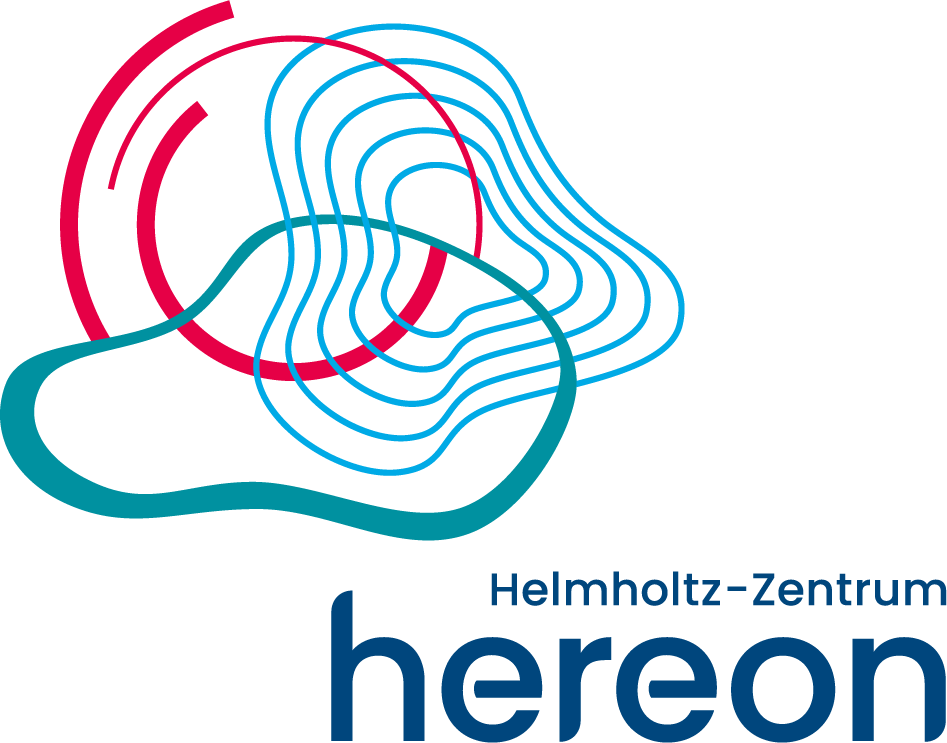MLZ is a cooperation between:
 > Technische Universität München
> Technische Universität München > Helmholtz-Zentrum Hereon
> Helmholtz-Zentrum Hereon
 > Forschungszentrum Jülich
> Forschungszentrum Jülich
MLZ is a member of:
 > LENS
> LENS > ERF-AISBL
> ERF-AISBL
MLZ on social media:

MLZ (eng)
Lichtenbergstr.1
85748 Garching
PLEPS
Pulsed low-energy positron system
PLEPS is a unique tool for depth profiling of defects with positron annihilation lifetime spectroscopy using a pulsed positron beam of variable energy.
Positron lifetime measurements allow the determination of the type and size of open volume defects (such as vacancies, vacancy-clusters, dislocations, grain boundaries etc., and free volumes in polymers) in a wide variety of materials and provide information on the defect concentration. Combined with a monoenergetic positron beam of variable energy, depth-resolved defect analysis becomes possible. [1]
[1] Egger, W., J. Phys. Conf. Ser. 240(1), 012164 (2010).
- Defect identification in thin layers and layered structures of metals, semiconductors and insulators
- Radiation-induced defects in materials for fusion and fission reactors
- Characterisation of free volumes in polymers and glasses and membranes
- Positron implantation energy: 0.5 – 20 keV
- Beam spot: Ø < 1 mm
- Count rate: ~ 10 000 – 20 000 cps
- Limited to 3 × 3 – 10 × 10 mm2
- ~ 4 – 10 min per spectrum (4 × 106 counts in the spectrum)
- Depth profile: 1 – 2 h (15 – 20 implantation energies, 4 × 106 counts in the spectrum)
- Time window: 40 ns / 160 ns / 320 ns
- Time resolution: 180 ps
- Peak/ background: > 100 000 : 1
Instrument scientist
Dr. Werner Egger
Phone (office MLZ): +49 (0)89 289-14609
Phone (office UniBw): +49 (0)89 6004-3507
E-mail: werner.egger@unibw.de
Operated by

Funding

Citation templates for users
In all publications based on experiments on this instrument, you must provide some acknowledgements. To make your work easier, we have prepared all the necessary templates for you on this page.
Gallery




MLZ is a cooperation between:
 > Technische Universität München
> Technische Universität München > Helmholtz-Zentrum Hereon
> Helmholtz-Zentrum Hereon
 > Forschungszentrum Jülich
> Forschungszentrum Jülich
MLZ is a member of:
 > LENS
> LENS > ERF-AISBL
> ERF-AISBL
MLZ on social media:



